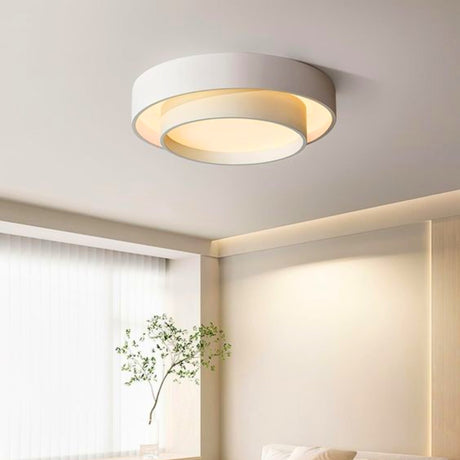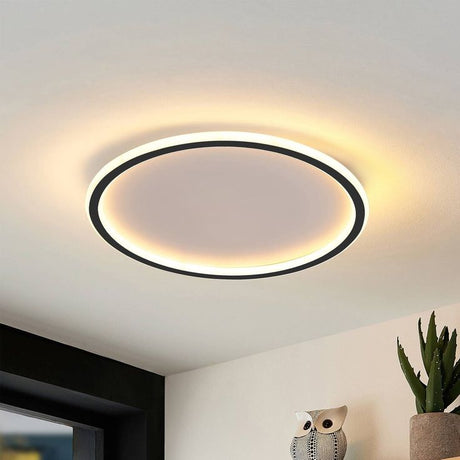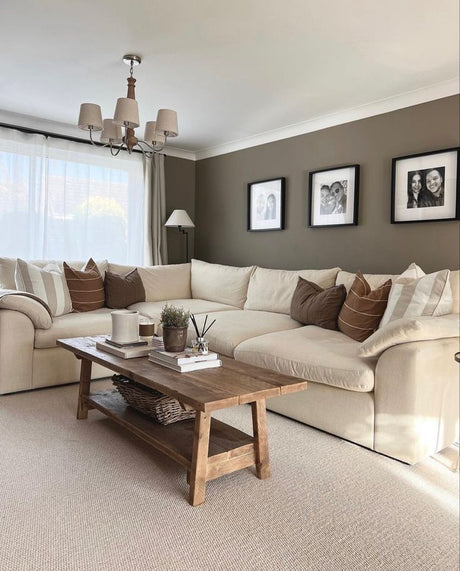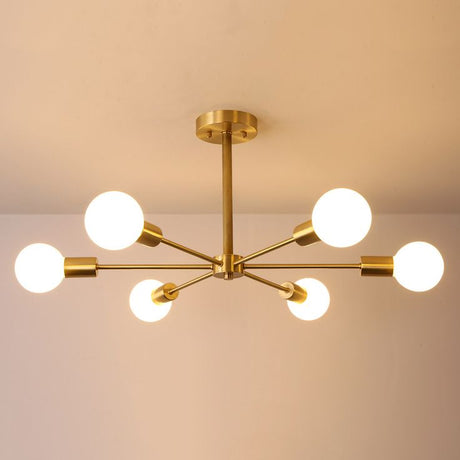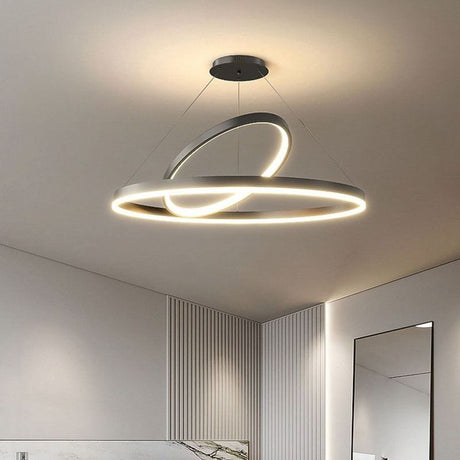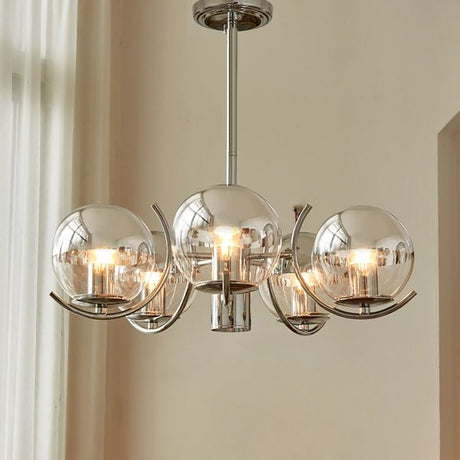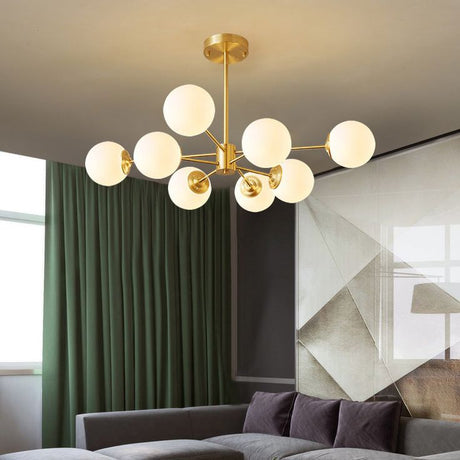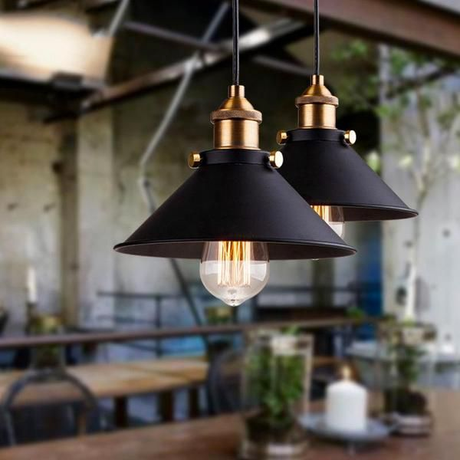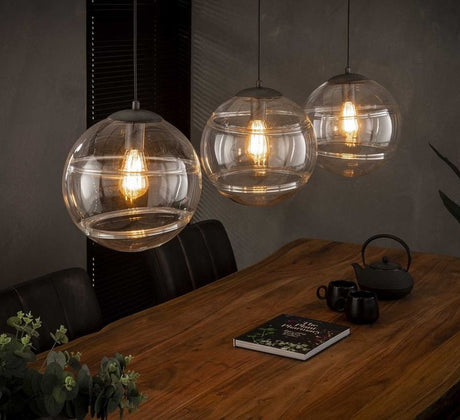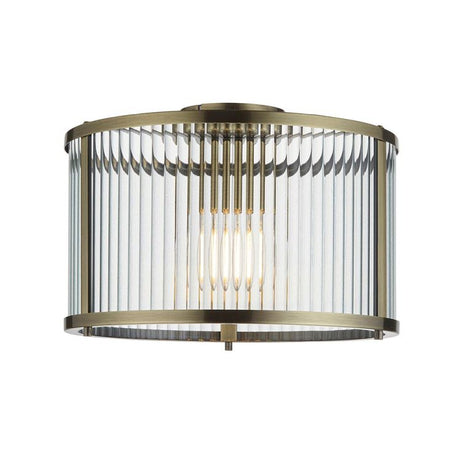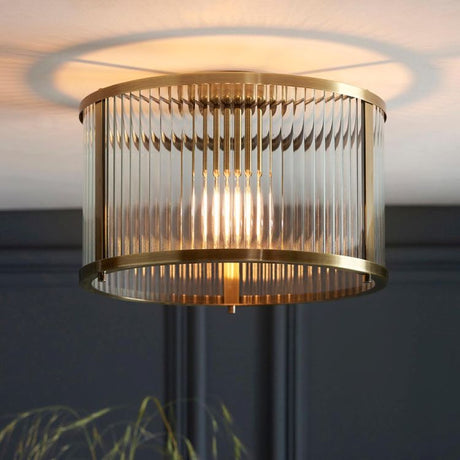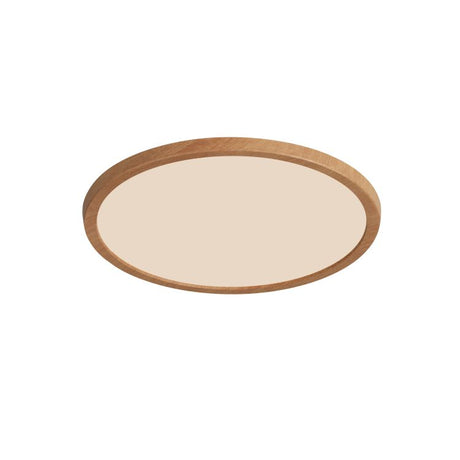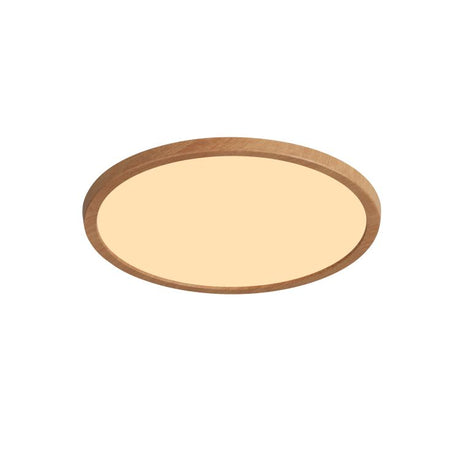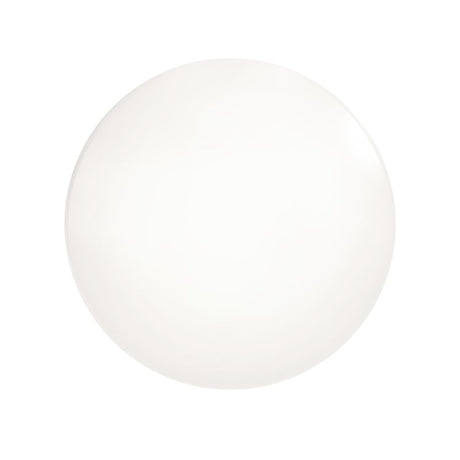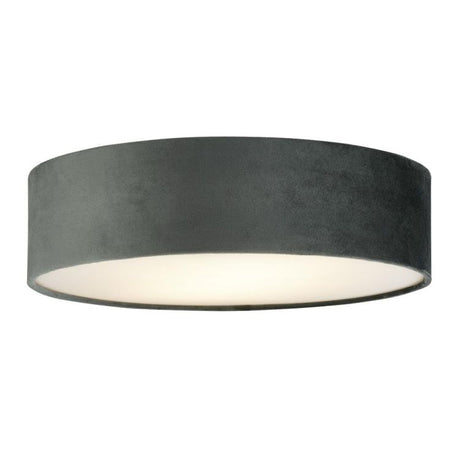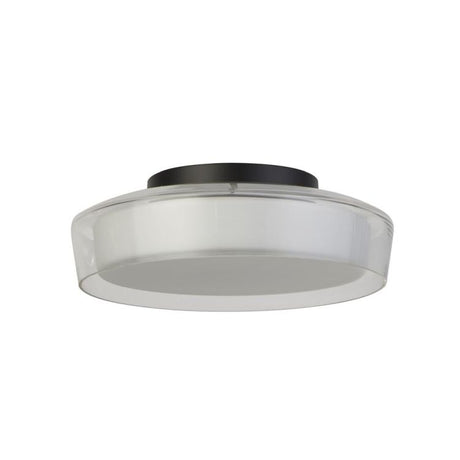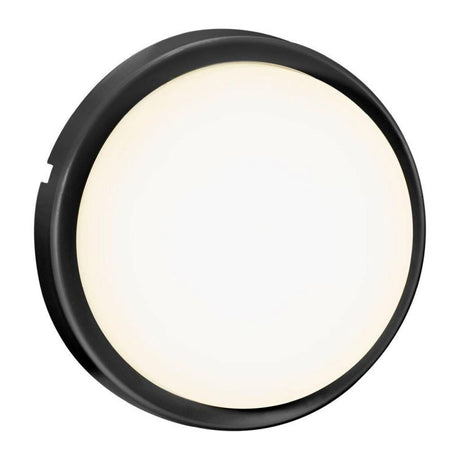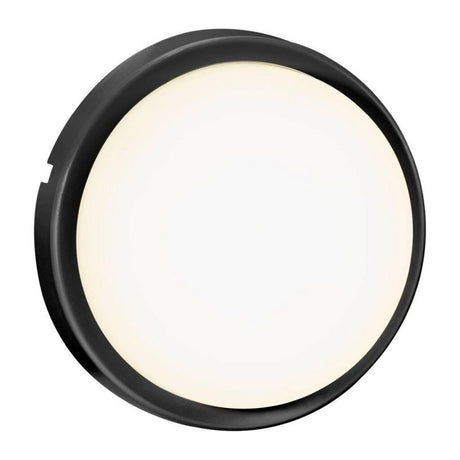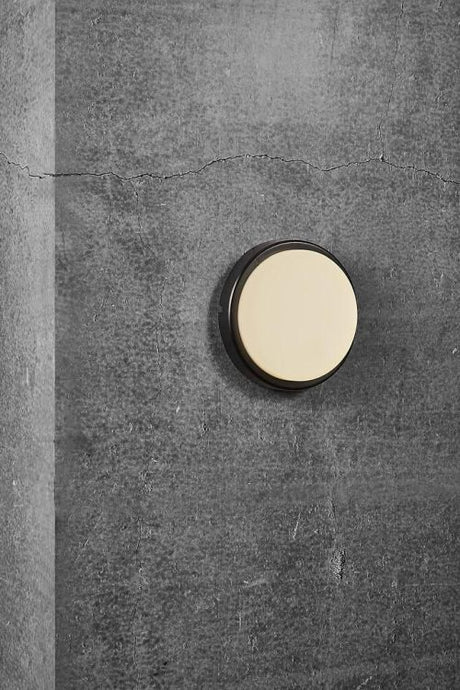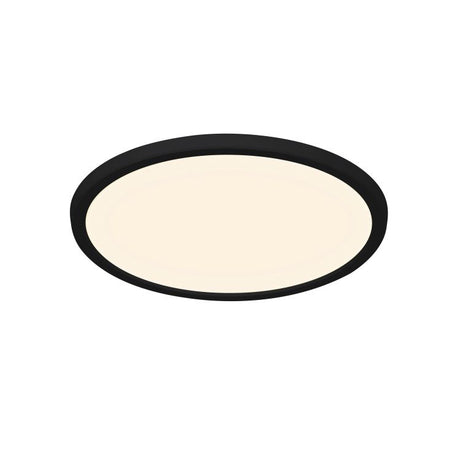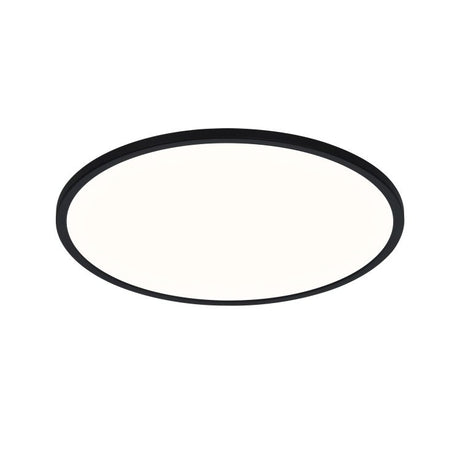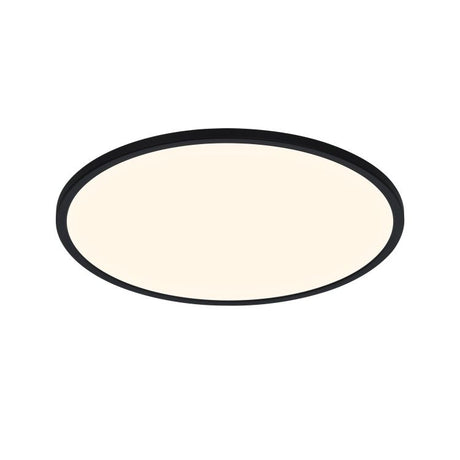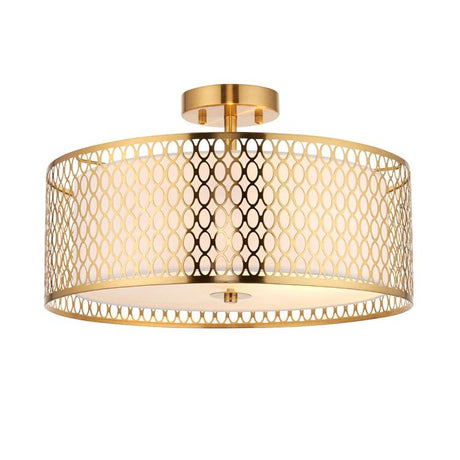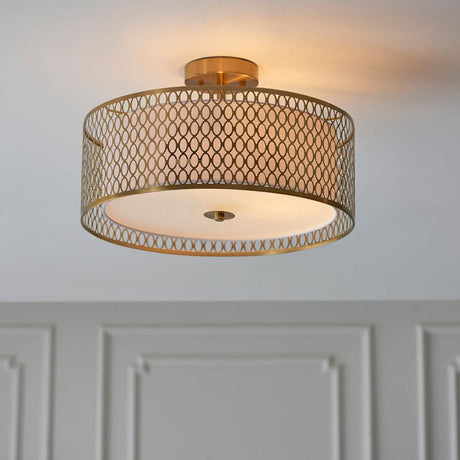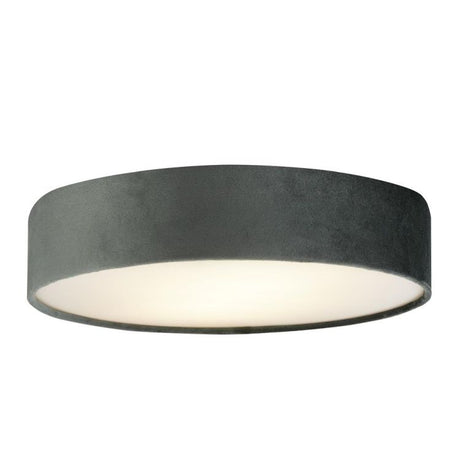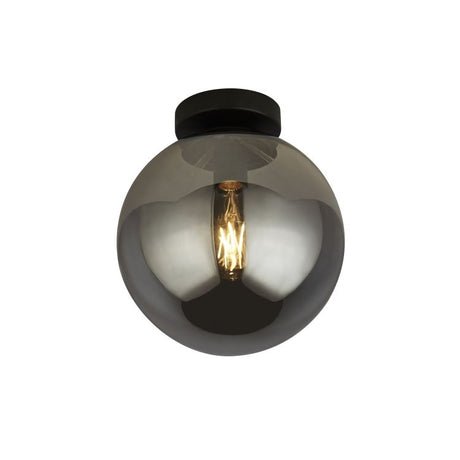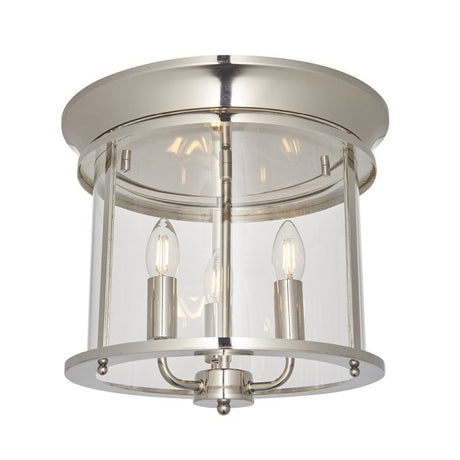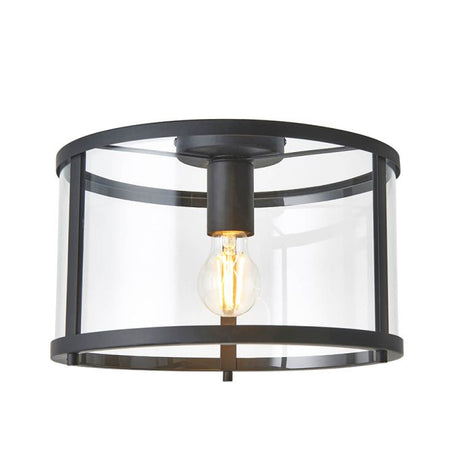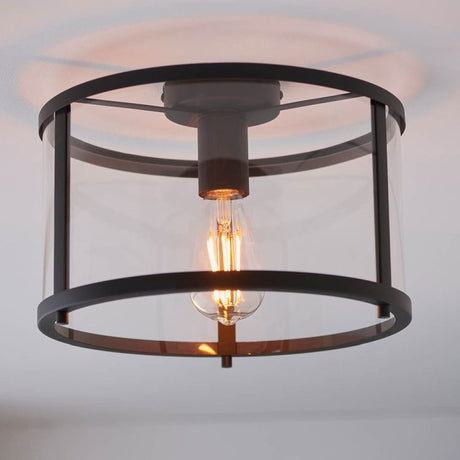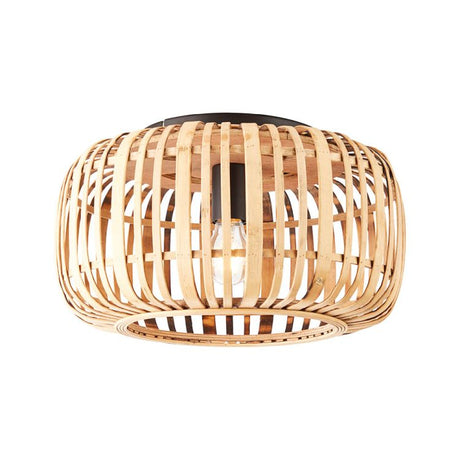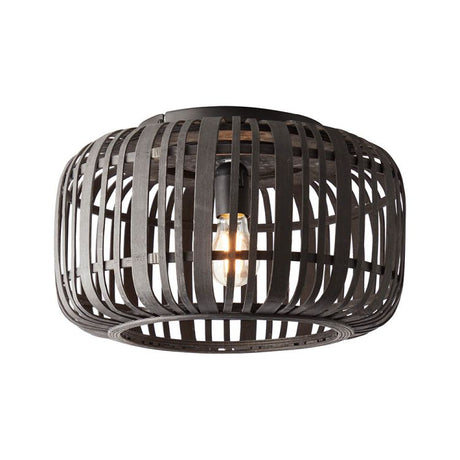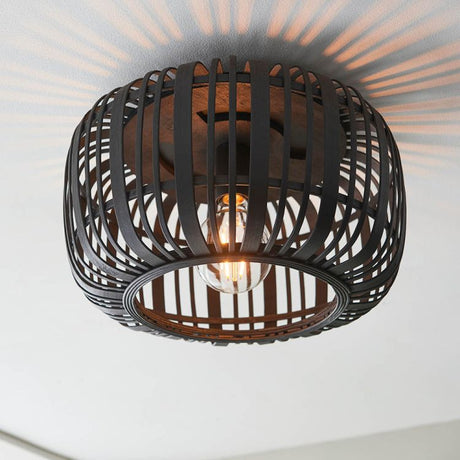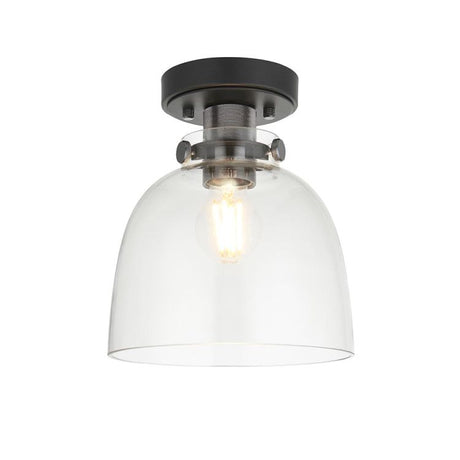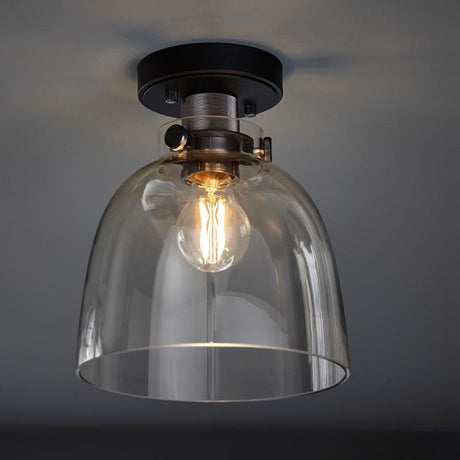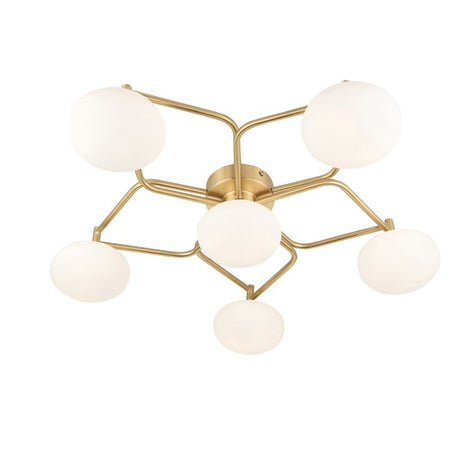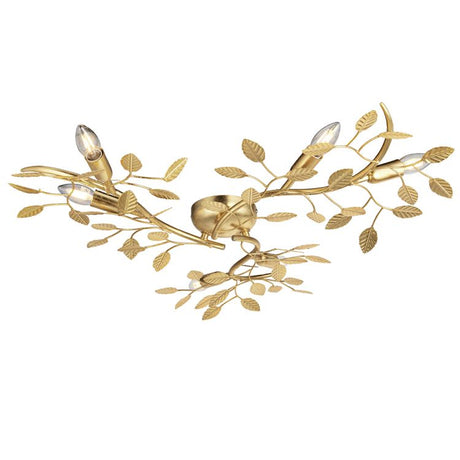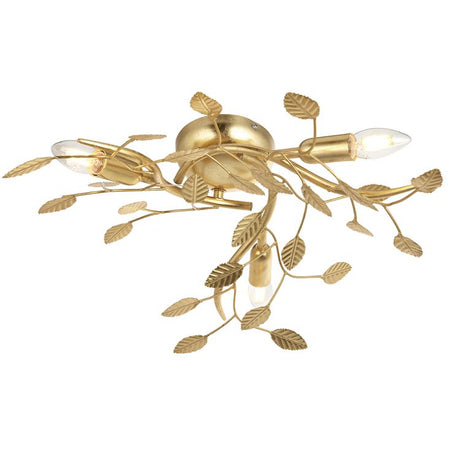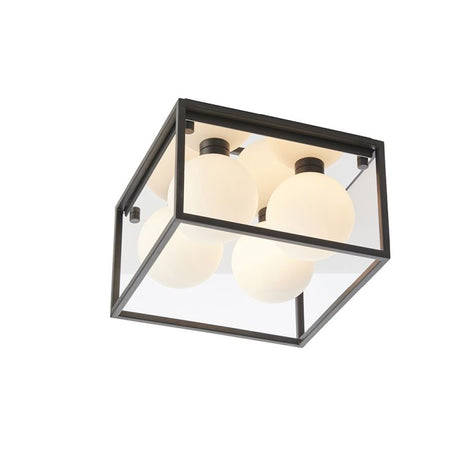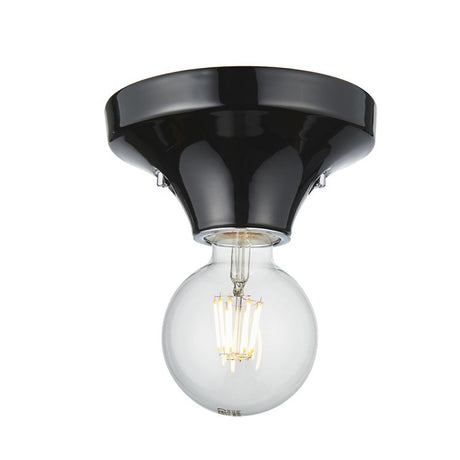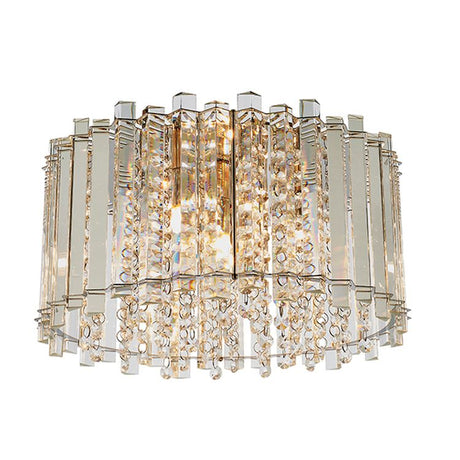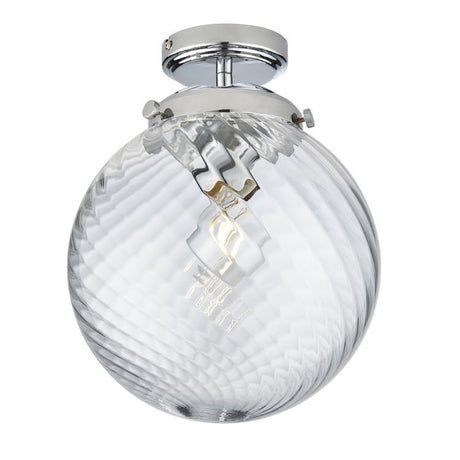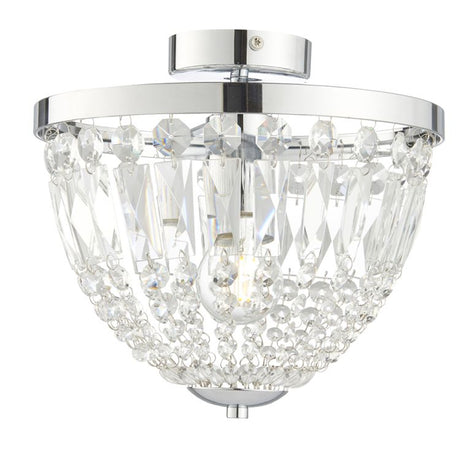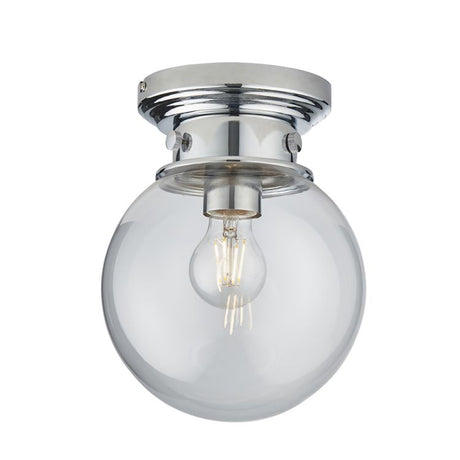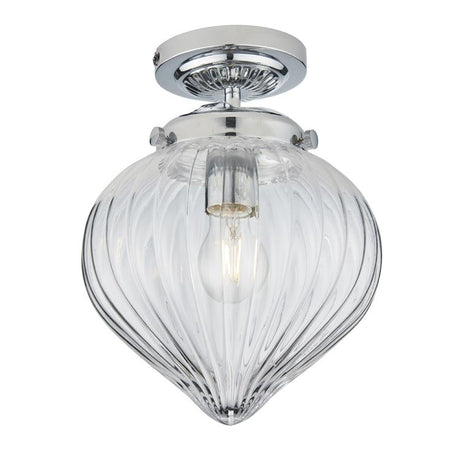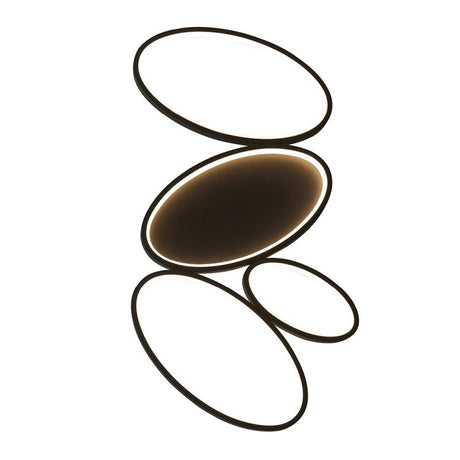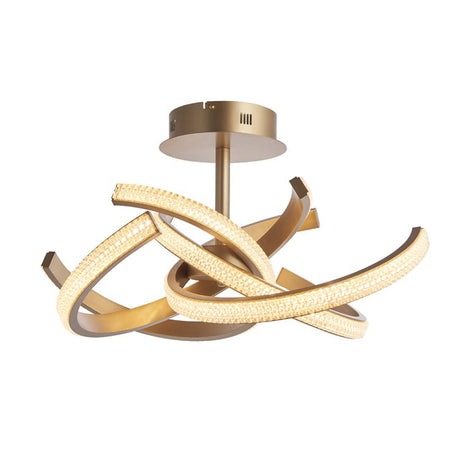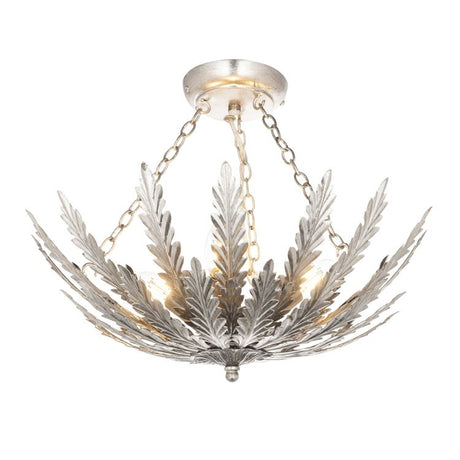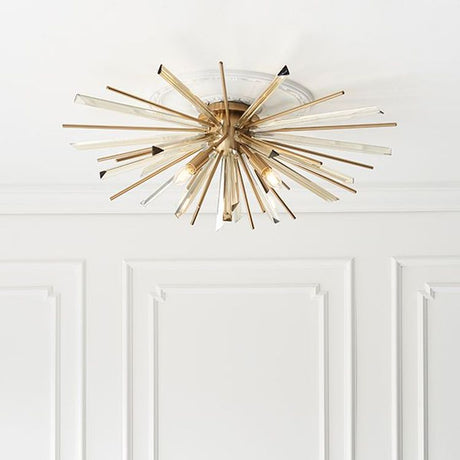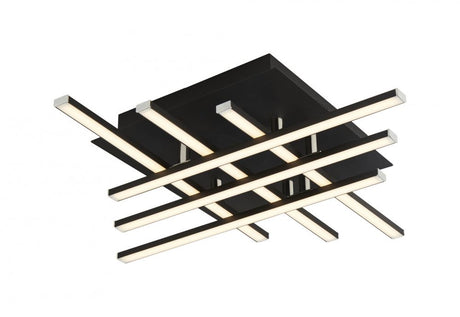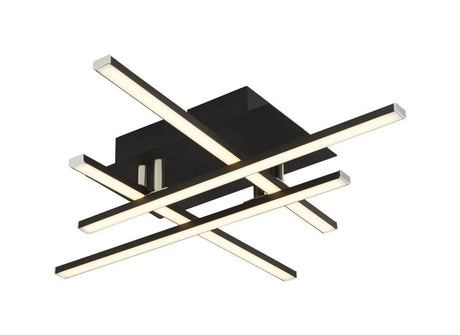Elevate your space with stylish ceiling lighting
Introduction to ceiling lights
Ceiling and lights go hand in hand. Whether you want to create a warm and restful environment or a homely and cheerful feel, it all comes down to lighting. And ceiling lights play the most important role. By installing appropriate ceiling lights, you can give your rooms whatever look you want. Ceiling lights come in a variety of shapes and forms, even their styles are diverse. Flush mounts, recessed lights, track lights, designer ceiling lights and many more. With so many varieties available it is pretty confusing to understand what will actually look good and deliver functionality. So together let us undertake a journey to elevate your space with stylish ceiling lights.
What Are the Different Types of Ceiling Lights?
The different types of lights for ceilings are:
-
Chandeliers - With numerous bulbs, crystal hangings and reflective surfaces, chandeliers are large light fixtures. Modern to vintage, you will find them in many styles. In the times gone by, chandeliers were lit by candles but now LED bulbs light them up in full glory. These imposing yet decorative fixtures make a statement as ceiling lights for the living room or in the foyer.
-
Pendant Lights - These lights may not be as exotic as the chandeliers but they are no less impressive. Much simpler in look, pendant lights hang from the ceiling from a single chain or cord. One end of the chain is fixed to the ceiling and on the other end is a shade with a bulb. Pendant lights come in several styles, like globe, cluster, rattan, industrial, retro, etc. In home offices, and as ceiling lights in the kitchen, these uplift the mood.
-
Flush Mounts - These lights sit at the same level as the ceiling. Flush mounts are an appropriate choice when space is limited and the ceilings are low. Simple in appearance, these lights are good sources of ambient light.
-
Semi-Flush Lights - Semi-flush lights hang a bit lower than flush ones. These lights, too, are fit for homes with low ceilings. Semi-flush bathroom ceiling lights effectively light up the bathroom and don’t eat any space.
-
Recessed Lighting - These light fixtures are installed right into the ceiling. They are effective sources of ambient light as well as task light. Their waterproof version can be installed as bathroom ceiling lights and in the rest of the house, you can fix the regular type.
-
Track Lighting - These are customisable lights for the ceiling. In track lighting a track is mounted to the ceiling over which the lights are attached. These lights can be moved to aim in different directions.
-
Ceiling Spotlights - Spotlights are for focussed lighting. They direct beams of light to highlight a room’s features. Ceiling spotlights have a minimalist look. These have clean and simple lines that blend well with all types of room decor.
How Do I Choose the Right Ceiling Light for My Room?
Choosing the right ceiling light for your room involves taking into account the following factors:
-
Room Size - Lights for the ceiling should always be proportionate to the room size. In large rooms, big statement pieces like chandeliers add a decorative element. However, smaller rooms should have compact fixtures. This way the room will not feel over-the-top.
-
Ceiling Height - High ceilings can accommodate large light fixtures with elaborate designs. As such, designer ceiling lights will not only look impactful but also add class and style. Low ceilings mean, there is always a chance that a hanging fixture may collide with anyone passing by. Therefore, flush and recessed mounts are a more suitable choice.
-
Decor - Match the lights with the decor of the room. Ornate fixtures look best in a classic room, while more trendy designer ceiling lights give a high-end appeal to a modern room. Therefore, pay attention to the theme of the room. It will let you choose ceiling lighting which complements it.
What Are the Benefits of Using LED Ceiling Lights?
LED ceiling lights make pockets happy. If you are a conscious spender, these are your best choice. LED bulbs consume less power and so they keep the electricity bill in check. Moreover, they run way longer, which means you don’t have to switch them out frequently. LED ceiling lighting also comes in a variety of colours and brightness levels. So, you can choose whichever fits the mood of the room. Also with the help of dimmer switches or smart lighting apps, their brightness can be reduced or increased to suit the time of the day or activity taking place in the room. Due to these reasons LED ceiling lights are a smart choice for modern lighting needs.
What Are the Latest Trends in Ceiling Light Design?
The latest trends in ceiling light design show a combination of sleek modern looks and classic elements. Ceiling lights in black work beautifully with light surroundings. In white rooms, their black contrast makes for a striking look. These are available in flush, semi-flush and pendant designs. Some ceiling lights in black have an industrial or factory look and they are called industrial ceiling lights. Such lights are made of aged metal and have rugged aesthetics. They mostly have exposed bulbs in a cage-like shade. Industrial ceiling lights look wonderful over kitchen islands and a room with edgy decor. And where all else fails, you can never go wrong with brass ceiling lights. These lights usually have a vintage-inspired feel and they speak of timeless elegance and splendour. Mostly these lights are made from brass. But brass being expensive, you can also get their less expensive variations. These variations are made from other metals and given a brass coating. The end result is the same as regular brass ceiling lights. Nobody can tell the difference.
How to select ceiling lights for different rooms?
Depending on the purpose of the room, its size, and its decor, you can select appropriate ceiling lights.
-
Ceiling Lights for Living Room - Here, the lights should be decorative and preferably with a dimming option. A central chandelier with recessed lights is an ideal combination of ceiling lights for the living room.
-
Ceiling Lights for Kitchen - Kitchen requires brightness and focused illumination over the working areas. Therefore, pendant lights over the island and countertops with track lighting for a focused glow make the most sense. Ceiling lights for the kitchen can be supplemented with ceiling spotlights as well.
-
Bedroom Ceiling Lights - Bedroom ceiling lights should be soft and warm. They should be able to create a calming atmosphere. A designer ceiling light in the centre with pedants in corners and flush lights all over is the best scheme.
-
Hallway Ceiling Lights - Semi-flush mounts and pendant lights are nice for the hallways. For convenience's sake, get motion sensor lights and you will never have to worry about switching them on and off manually. Hallway ceiling lights are important, so don’t ignore them.
-
Bathroom Ceiling Lights - Here you need a touch of decorative beauty and full functionality. So, for bathroom ceiling lights choose fixtures that have higher resistance to dust and moisture. Look for an IP rating of 44 or more for the correct choice.
How Do I Clean and Maintain Ceiling Lights?
Cleaning of lights is vital. After switching off the power, take a duster or microfiber cloth and wipe down the lights. This exercise will get rid of all the dust. For hard surface fixtures, you can use a damp cloth. Metal surfaces can be cleaned with metal cleaners and glass surfaces can be cleaned with a mild soap solution. When you use a wet cloth, always ensure you rub down the light with a dry cloth so that no moisture remains on the light. While doing this cleaning activity inspect the wiring and see whether there are any burnt-out bulbs. If there are wiring issues, call the electrician. The burnt-out bulbs, you can change yourself. If not, you can ask the electrician to do that as well.
Final Thoughts
Stylish ceilings and lights can change the look of any room. A little bit of research and some careful consideration will be useful in making your rooms elegant and stylish. Comet Lighting has an extensive range of some of the best ceiling lights that you will ever come across. Our collection is both timeless and fashionable. You must check it out for inspiration. If you want to know about styles of ceiling lights for different spaces, read our blog, ‘A Quick Guide to Ceiling Light Styles for Every Space.’
FAQs
-
Can ceiling lights be dimmed?
Yes, you can dim the ceiling lights. But for that, you need to use dimmer switches. Another option is to use smart lights. Smart lights allow homeowners to control the level of brightness through an app on their phone. These can also be directed via Google Home and Alexa.
-
How can I install ceiling lights?
Installation of ceiling lights: Switch off the power supply without fail. Now, remove the old fixture and take it out. Connect wires of the new light to exposed wires in the ceiling. Ensure same coloured wires are connected to each other. Attach the fixture, put back the cover, and turn on the power. However, the best thing to do is to call an electrician and let them handle this task.
-
What is the ideal brightness of ceiling lights?
There is a lot of flexibility in wattage of ceiling lights. It should ideally depend on the size of the room. In a medium-sized room, the wattage between 60 watts and 100 watts is acceptable.
-
Is IP safety rating important in ceiling lights?
Yes, the IP rating is important. It should be given due attention when thinking of lights for wet or moist areas, such as the bathroom and the kitchen. The IP rating corresponds to the amount of resistance of the light from damage due to moisture. As such, the higher the rating, the better it is.
-
How Can I Use Dimmer Switches with Ceiling Lights?
You can only use dimmer switches on light compatible with them. If your lights are compatible with dimmer switches, do the following - turn off the power and take out the regular wall switch. Replace it with the new dimmer switch, and switch the power back on. Be careful with the wires when connecting them. If possible, let an electrician do it. They are trained for such work.

